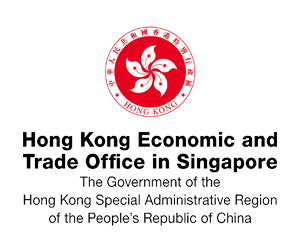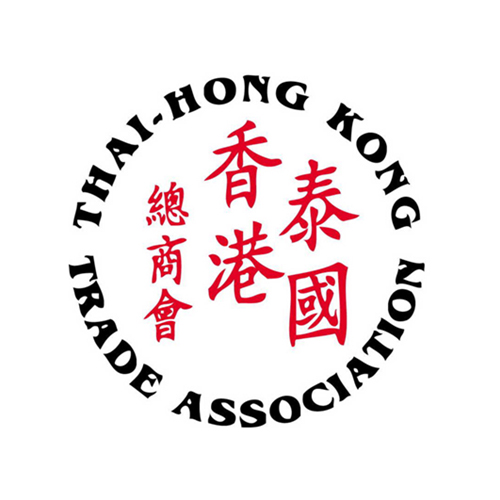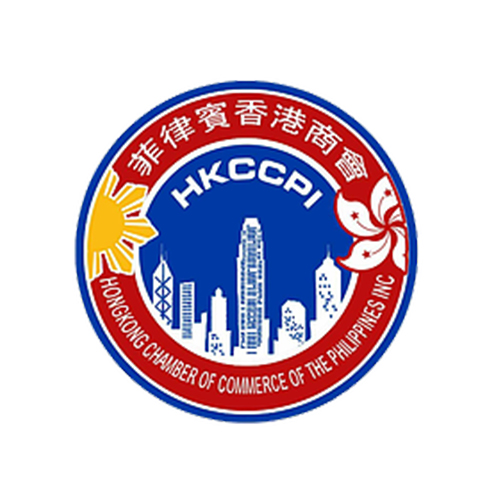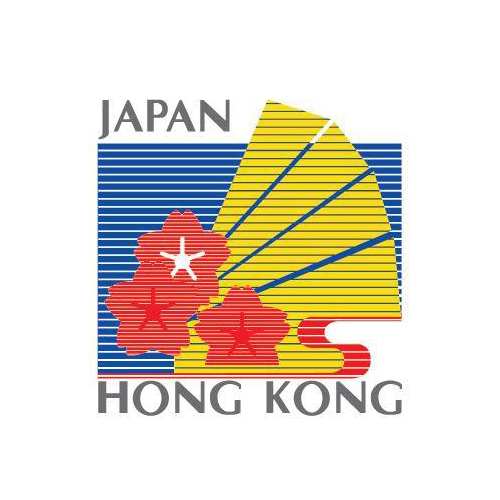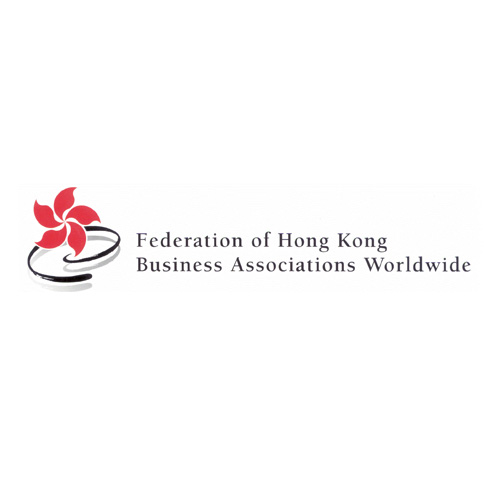Want to be in the loop?
subscribe to
our notification
Business News
THUA THIEN-HUE AIMS TO BECOME FASHION INDUSTRY HUB
Under the plan, the province will focus on developing the domestic market and expanding export markets, with exports being a driving force for the sector's development; boosting research, product design, brand-building and promotion; and developing a professional fashion industry to change the rural labour structure.
Chairman of the provincial people's committee Nguyen Van Cao said in order to develop the sector sustainably and ensure enough supply of materials for production, the province had co-operated with the Centre's co-ordinating board of key economic zones to build a centre for supplying apparel materials.
The centre would cover 400ha in the Phong Dien Industrial Zone, he said.
Highly appreciative of the project, many textile and garment companies located in the zone such as Huayang and Thailand's Freetex Elastic companies had expressed their willingness to expand their factories, Cao said.
In addition, to create a closed production chain, the province is also conducting research of modern wastewater treatment systems to protect the environment.
Due to dependence on materials supplied by partners, local textiles and garment companies had lost their competitiveness and the sector's efficiency had also been affected, Cao said.
That's why in the near future, companies would be urged to transfer their production from a processing model to ODM (original design manufacturing) or OMB (original brand manufacturing) model, he said.
The province is now home to six industrial zones, with 50 textiles and garment enterprises.
Source: VIR
Related News

GOLDEN DEAL, KNOCK-DOWN OFFER
Are you ready for a fun-filled family vacation. Don't miss the super attractive Family Staycation package at Becamex Hotel. 2 days 1 night package with full amenities and free activities: Buffet breakfast, Swimming, tennis, bicycle, gym, sauna, cool ice cream, 300.000 VND service voucher and many other offers! Contact now for detailed advice.

"BEARY CHRISTMAS" CHARITY PROGRAM
As the Festive Season approaches, Caravelle Saigon, in collaboration with VinaCapital Foundation (VCF), is bringing a heartwarming charitable initiative to life — and we are delighted to invite all HKBAV members to take part in the very first “Beary Christmas” Charity Program. By adopting a Caravelle Bear for VND 299,000 nett, you will be directly supporting children battling cancer in Vietnam through VCF’s Can-Care/Can-Clover Program.

SOILBUILD INTERNATIONAL WINS “BEST INDUSTRIAL DEVELOPMENT” AWARD FOR SPECTRUM NGHE AN AT THE PROPERTYGURU VIETNAM PROPERTY AWARDS 2025
Soilbuild International is pleased to announce that its project, Spectrum Nghe An, has been awarded Best Industrial Development at the PropertyGuru Vietnam Property Awards 2025, held on 24th of October 2025, in Ho Chi Minh City. The PropertyGuru Vietnam Property Awards is part of the prestigious PropertyGuru Asia Property Awards series, the largest and most respected real estate awards programme in Asia.

WEBINAR: 2025 VIETNAM KEY TAX FINALISATION, UPDATES ON TAX CHANGES AND GLOBAL MINIMUM TAX
Dear Valued Client,We would like to invite you to our webinars on Friday, 12 December 2025, and Tuesday, 16 December 2025, to review and learn about key 2025 tax finalisation topics and stay ahead with the latest tax changes.
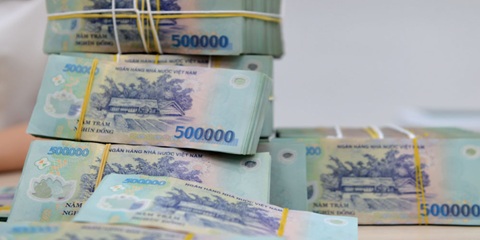
NEW ECONOMIC POLICIES EFFECTIVE THIS DECEMBER
Government Decree 304/2025, effective December 1, sets stricter conditions for seizing collateral, especially assets that are a borrower’s sole residence or essential work tools. In such cases, lenders must set aside a compensation amount equivalent to six to twelve months of minimum wage. The measure aims to improve transparency in bad debt handling and reduce credit risk in the banking system.

QUANG NINH TARGETS VND58 TRILLION IN TOURISM REVENUE
Quang Ninh Province is aiming to generate VND58 trillion in tourism revenue this year after surpassing its goal of 21 million visitors, driven by new tourism products, expanded nighttime activities, and large-scale events. As of mid-November 2025, Quang Ninh had welcomed 21.28 million visitors, up 12% year-on-year. Tourism revenue reached at least VND57 trillion, a 22.46% increase from the same period last year. With its visitor target achieved, the province is now pushing toward its revenue goal of VND58 trillion.
